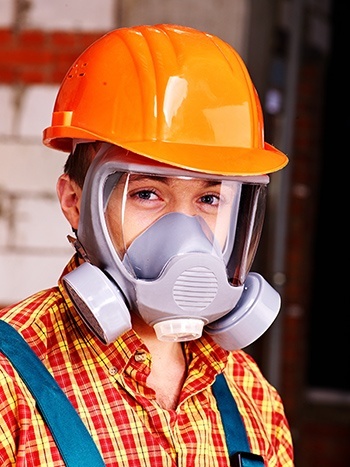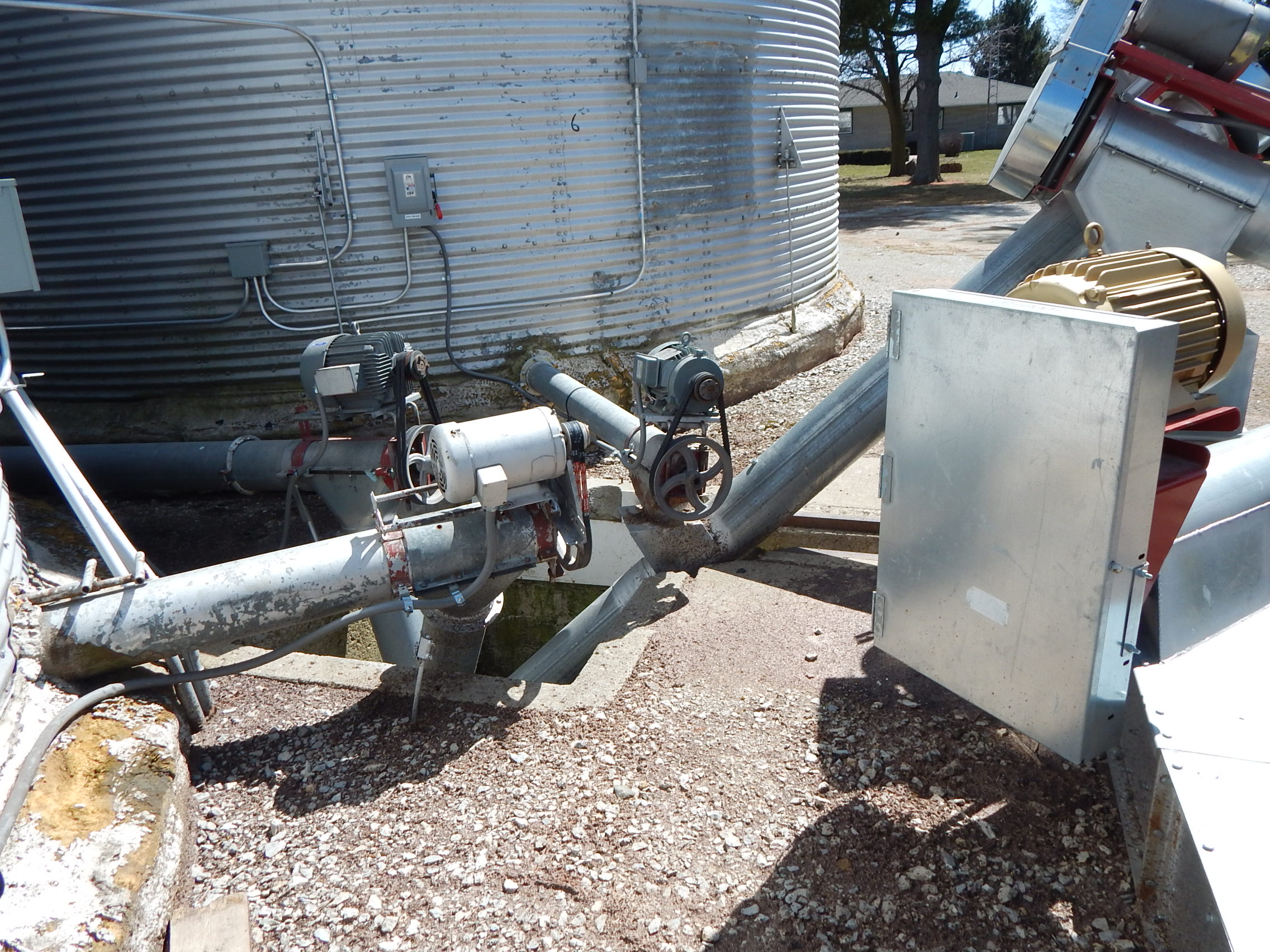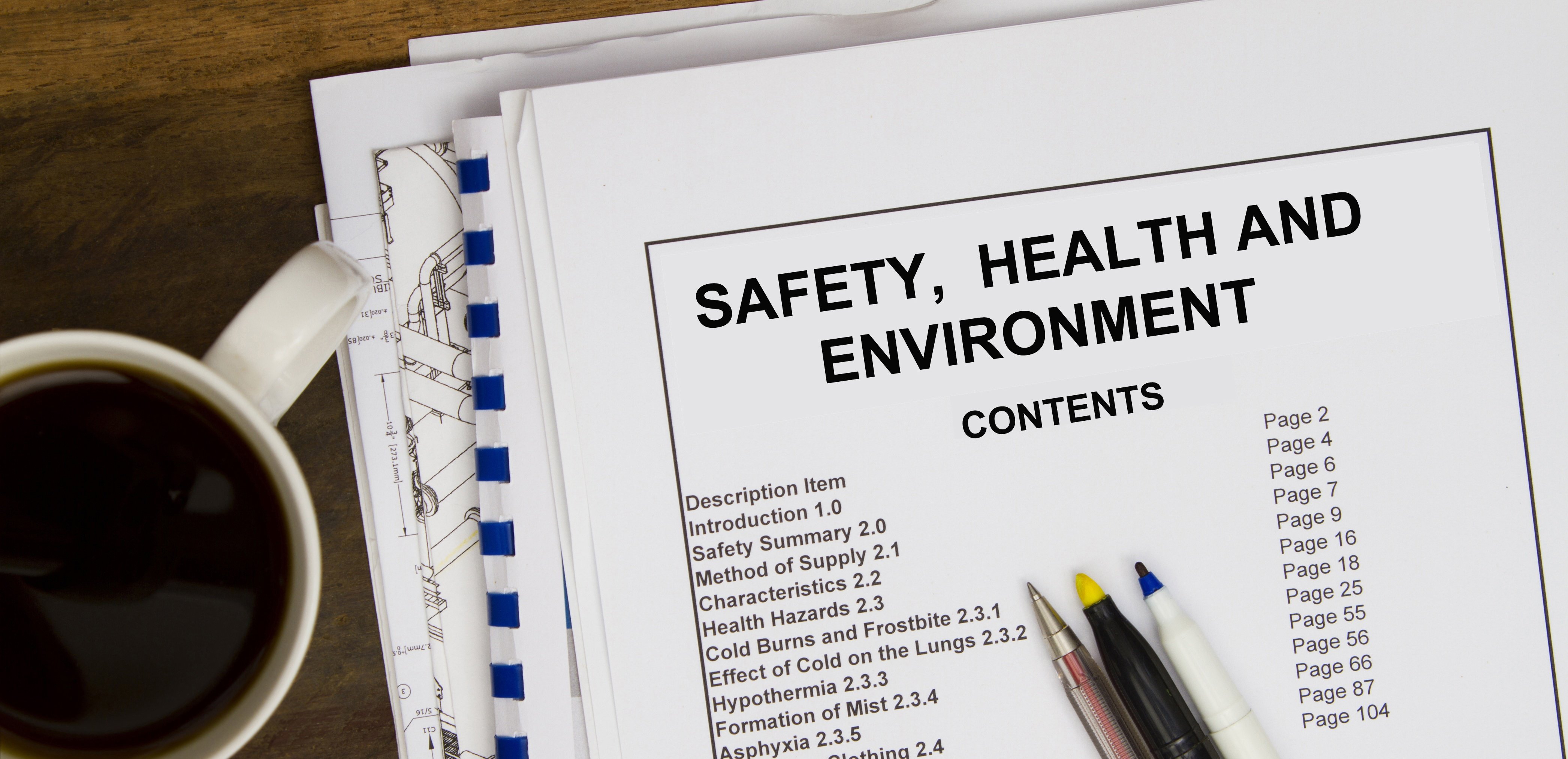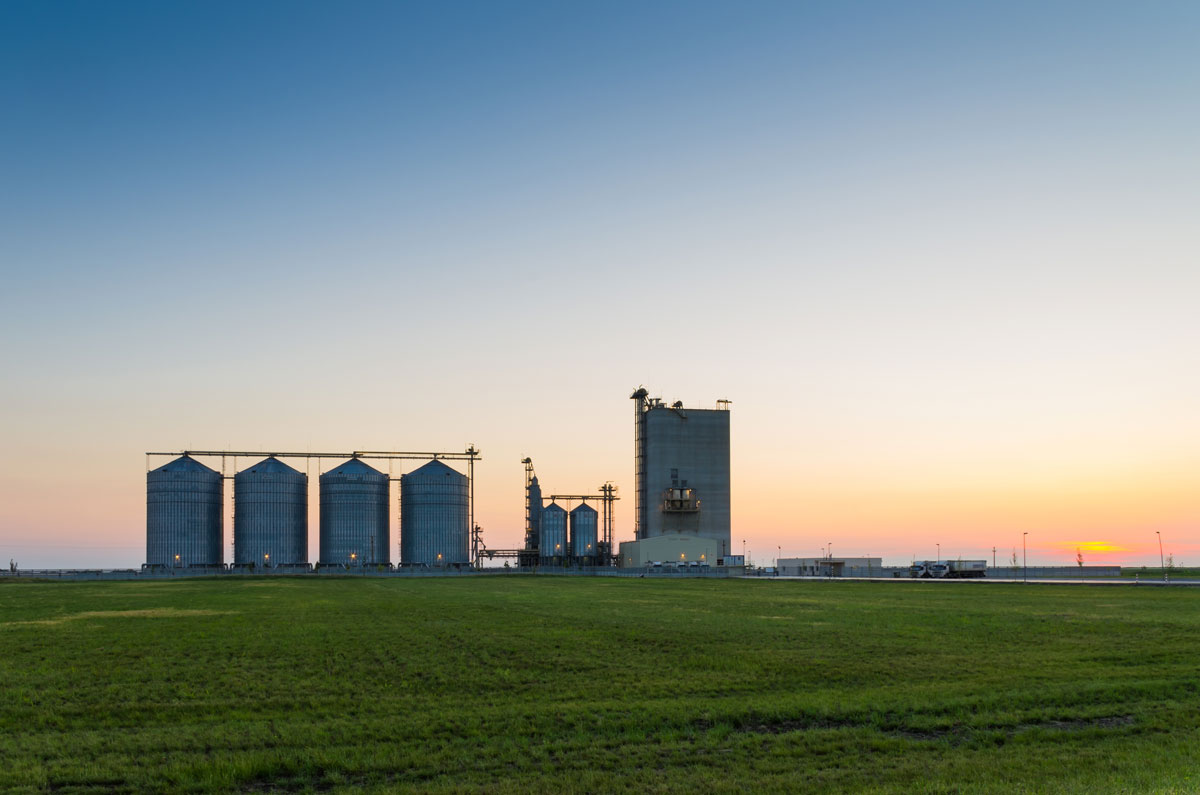Manure pits have become an increasingly necessary part of many agriculture and livestock operations. But manure storage comes with its own set of risks and hazards, like build-up of toxic gases, drowning, and engulfment. Every year numerous death and injury reports are recorded involving manure pits. Even more tragically, many of these reports involve multiple fatalities of family members and friends trying to rescue one or more victims.
Good Day's Work

Recent Posts
Topics: confined spaces, air/respiratory, manure pit, personal protective equipment (PPE)
Running an agriculture operation is hard work. It’s also dangerous work. Every year agriculture finds itself at the top of the list of the ten most dangerous industries in the United States. Little wonder, then, that OSHA has started paying more attention to farms, feedlots, dairies, and other ag operations. And with the cost of OSHA citations increasing, farmers and ranchers simply can’t afford to let unsafe operating practices go overlooked.
Topics: safety director, safety culture, safety training program
Working in confined spaces is an unavoidable part of running many agriculture operations. Whether it be a manure pit, silo, grain bin, fertilizer tank, or another building, the nature of the structure presents a risk of death or significant injury due to suffocation or poisoning. We’ve all heard stories of those who have lost their lives from working inside a confined space – and too often the lives of their rescuers.
Topics: confined spaces, grain bins, agriculture
Grain bins are a necessary part of many agriculture operations. But they also present one of the most dangerous activities, as well. A worker in a grain bin can become engulfed in less than 3 seconds, unable to get free of flowing grain. They may become completely submerged in less than 6 seconds. That’s all the time it takes for a potentially fatal accident to occur.
Topics: safety culture, grain bins
It’s no secret that agriculture is one of the most dangerous industries in the world and that emergencies can happen any time. Unfortunately, emergency responders may not always be familiar with ag operations, meaning that rescues and treatment of injured employees may take much longer than normal. Precious minutes could easily be lost while responders determine the best way to get a trapped or injured employee to safety and treatment. Having an emergency action plan (EAP) in place for your operation can literally mean the difference between life and death in an emergency situation.
Topics: emergency action plan
As an ag operation owner, you no doubt have an insurance plan in place in case something goes wrong. It's part of the price of doing business in the event of an accident or disaster. Sometimes, that insurance plan can mean the difference between staying afloat after a particularly difficult year and going under completely.
Topics: safety training program
Does Your Farm Safety Curriculum Include Bloodborne Pathogen Safety?
Farmers have to wear many hats in their daily operations. On any given day they might have to be cultivators and planters, mechanics and engineers, veterinarians, paramedics, business people, and more. The risk of exposure to bloodborne pathogens is a particular risk when injuries occur, so it's especially important to make sure that your safety training program includes a course on bloodborne pathogens.
Topics: bloodborne pathogens
Fire. It's an ever-present concern on just about any agriculture operation. Everyone can name friends and neighbors who have lost buildings, livestock, products, and even friends and family to a fire. Such tragedies pose an even greater concern because the distance between your operation and the nearest fire department is often great enough that help will not arrive in time to make much of a difference.
Topics: fire
Agriculture is a dangerous industry. Fortunately, there are lots of ways to make it safer. Below is are a few examples of good practices that will make your operation safer.
Topics: safety culture, agriculture
We know you're trying to run a safe operation. No one wants to see their employees or family members sustain injuries -- or worse -- as they perform crucial functions around the farm. But accidents do happen, and OSHA has started paying closer attention to agriculture operations. And once you're on OSHA's radar, the likelihood of receiving fines for unsafe practices goes up significantly.
Topics: OSHA law & compliance, OSHA inspections & violations











